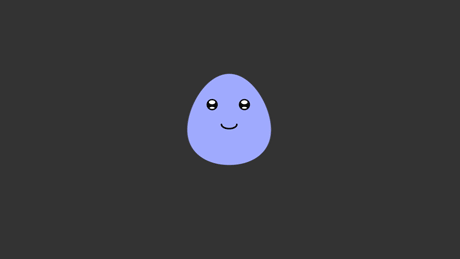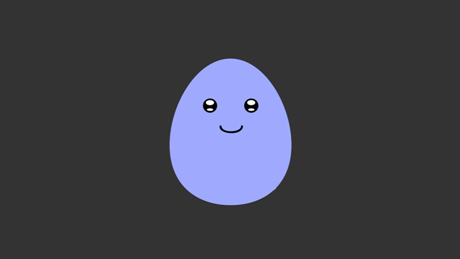We have reached the final two principles of animation for our series, “solid drawing” and “appeal”. These are highly important to the process of creating animation, the building blocks if you will, because without these principles, animations will not be successful. Once we have covered these you will have all the principles of animation and you may decide to start creating your own. So let’s dive right in!
The first principle is that of “solid drawing”. It relates to creating forms in three-dimensional space. This is what gives your animated forms volume and weight. The principle of “solid drawing” involves building skills to give shapes anatomy, weight, balance, light and shadow. An animator cannot simply create a character with mirrored sides because it would be flat, unrealistic and lifeless. With the advancements of computer animation, today, animators are able to create more real looking animations that come to life.
You will find a helpful example of “solid drawing” created by our animators to demonstrate this principle for you…

The final principle is that of “appeal”. This is what makes characters real and interesting in animation. It is what helps the audience connect to the character and make them seem likable or engaging. This principle may seem like it would be used in creating the hero in animated stories, however, I assure you, it applies to all characters you create: the heroic, villainous, comedic or cute. The idea of “appeal” applies to both the mind as well as the eye.
Again, you will find our animator has created an adorable example of the principle of “appeal” for you…

We’ve made it! Now you have learned all 12 principles of animation. Hopefully this will inspire you to go out and create your own or better understand the work behind the next animation that you see.
